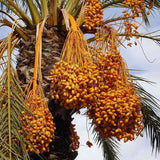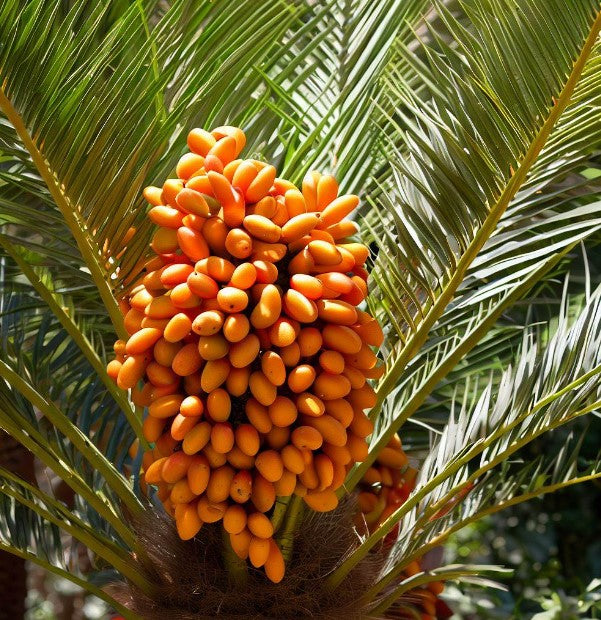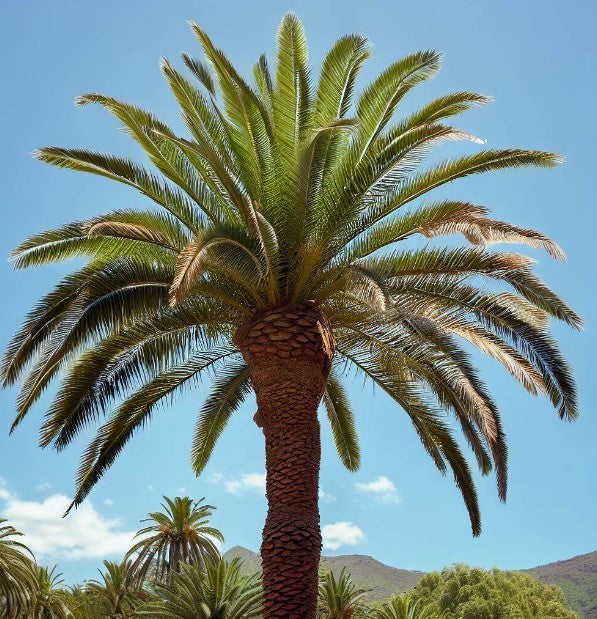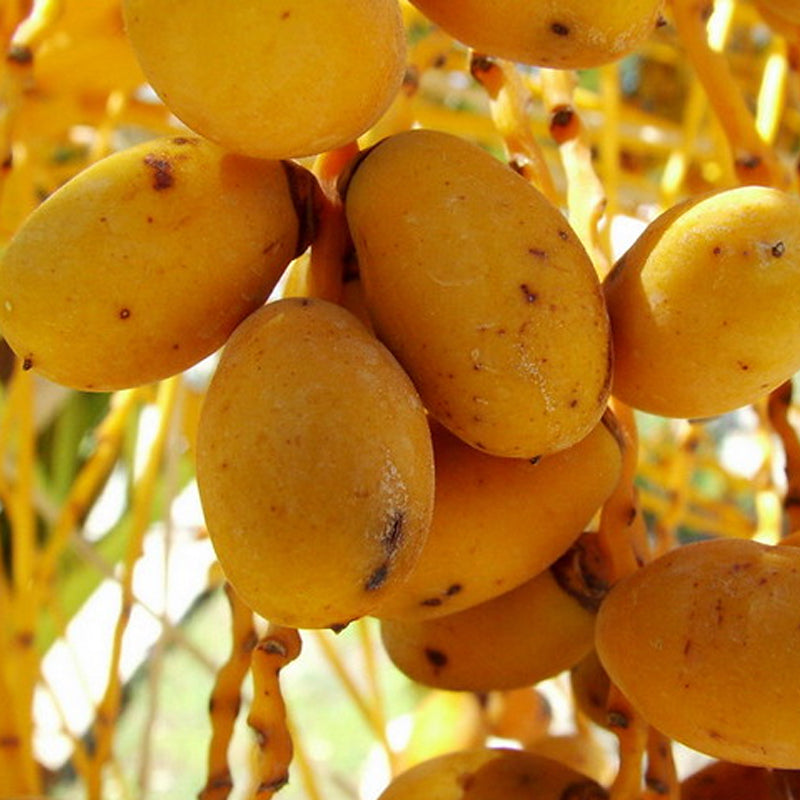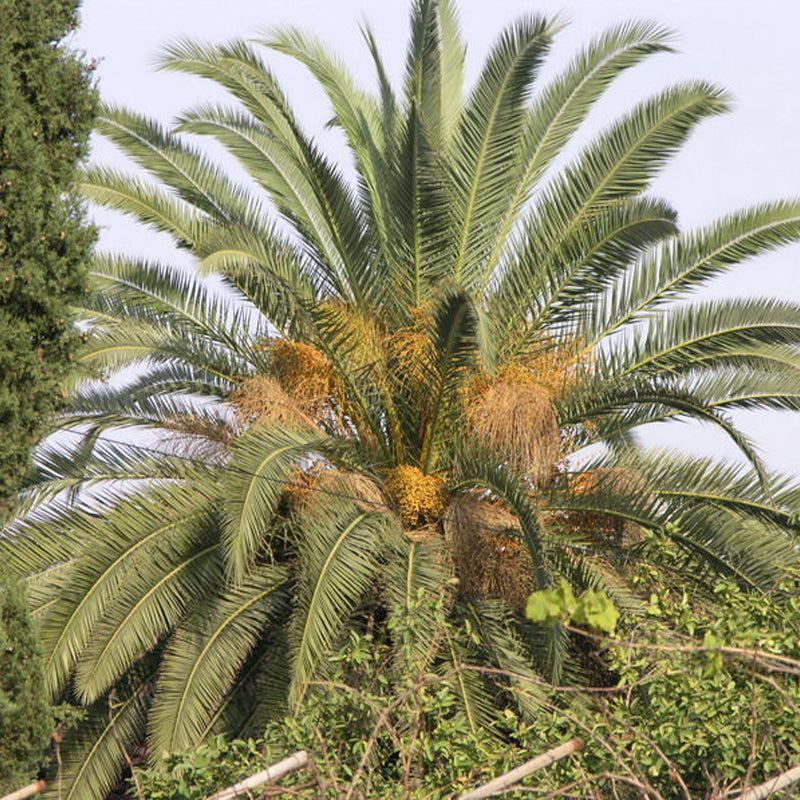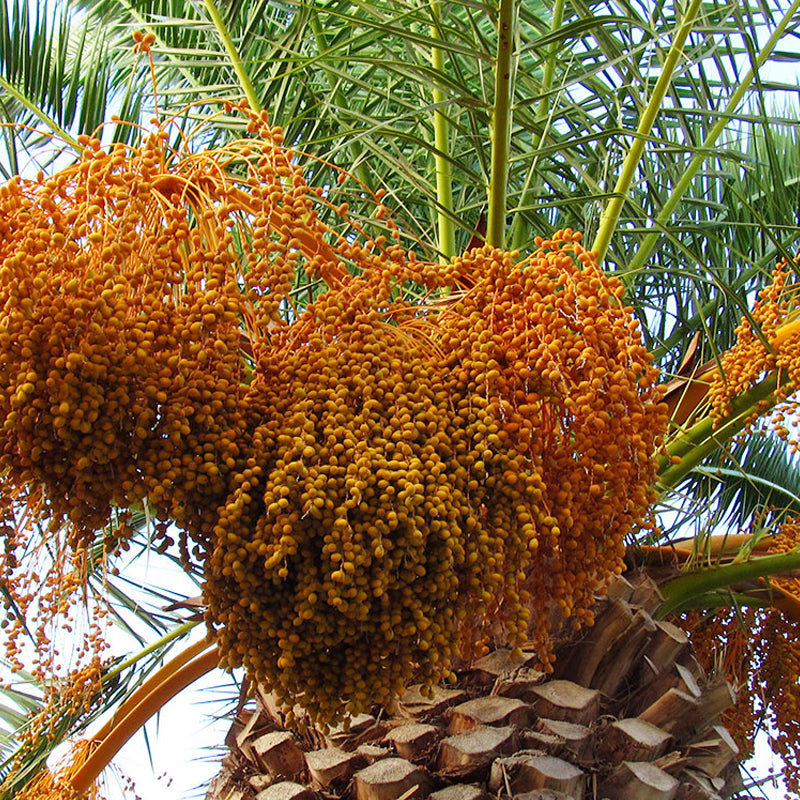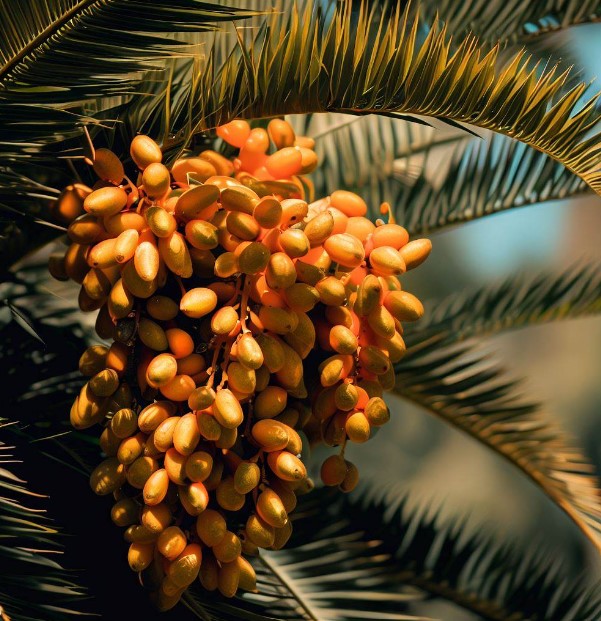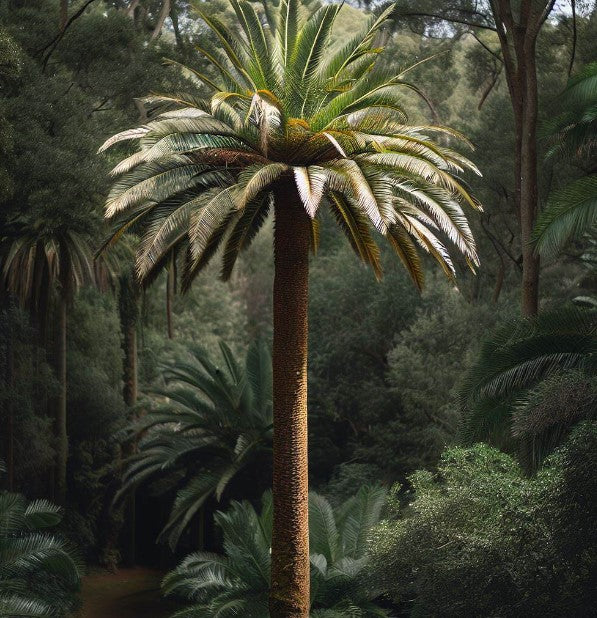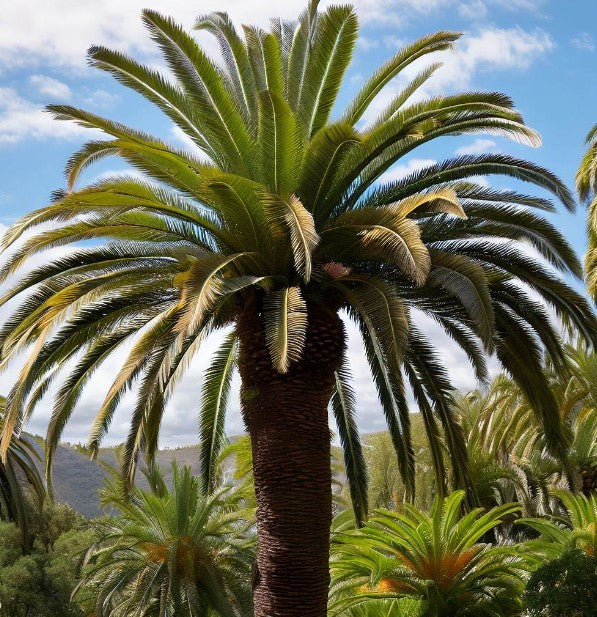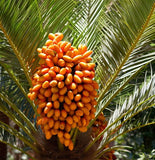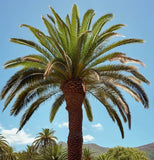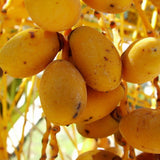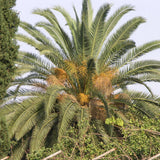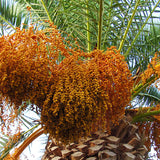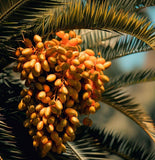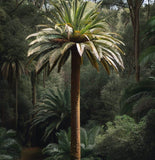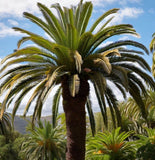Phoenix canariensis (Canary Island Palm)
Phoenix canariensis (Canary Island Palm) is a large, majestic palm tree native to the Canary Islands and other parts of North Africa. It is widely cultivated as an ornamental tree in various regions around the world. Here are some key features and characteristics of the Canary Island Palm:
Appearance: The Canary Island Palm is a tall and stately palm tree that can reach a height of 15 to 20 meters (50 to 65 feet) with a spread of 6 to 10 meters (20 to 33 feet). It has a single, thick, and upright trunk that is covered with a distinctive pattern of diamond-shaped leaf scars. The crown of the tree consists of large, feathery leaves that can reach lengths of 4 to 6 meters (13 to 20 feet). The leaves are pinnate, with numerous leaflets arranged along the leaf stalk.
Growth and Adaptability: The Canary Island Palm is a relatively slow-growing palm tree. It prefers full sun exposure and well-drained soils but can tolerate a variety of soil types, including clay, loam, and sandy soils. It is relatively tolerant of wind and coastal conditions, making it suitable for coastal landscapes. The palm is hardy in USDA hardiness zones 9 to 11.
Ornamental Value: The Canary Island Palm is highly valued for its ornamental qualities and is often used as a focal point in landscapes and gardens. Its tall stature, architectural form, and lush green foliage make it an attractive addition to parks, large gardens, and public spaces. The palm also serves as a shade tree and can create a tropical ambiance in various settings.
Maintenance: While the Canary Island Palm is generally low-maintenance, it does require some care. Regular watering is important during the establishment period, but the palm is moderately drought-tolerant once established. It benefits from occasional fertilization to ensure healthy growth. Pruning is generally limited to removing dead or damaged fronds. However, caution should be exercised when pruning to avoid damaging the trunk.
Cold Tolerance: The Canary Island Palm is relatively cold-tolerant for a palm tree and can withstand temperatures as low as 15°F (-9°C) for short periods. However, it may suffer damage or die in severe frost conditions. It is best suited for regions with mild, frost-free climates or where occasional frosts are expected.
The Canary Island Palm is a popular choice for those seeking a majestic and tropical-looking palm tree. Its grand appearance, adaptability, and moderate cold tolerance make it an excellent addition to landscapes in suitable climates.
Botanical Name : Phoenix canariensis
Common Name : Canary Island Palm
Height : 40-60 ft
Spread : 20-40 ft
Germination Info : No pre-treatment required. Soak seed in water at room temperature 24-48 hours prior to sowing (change water after 24 hours).
Hardiness zone : 9-11
Average seed per ounce : Approx. 31

